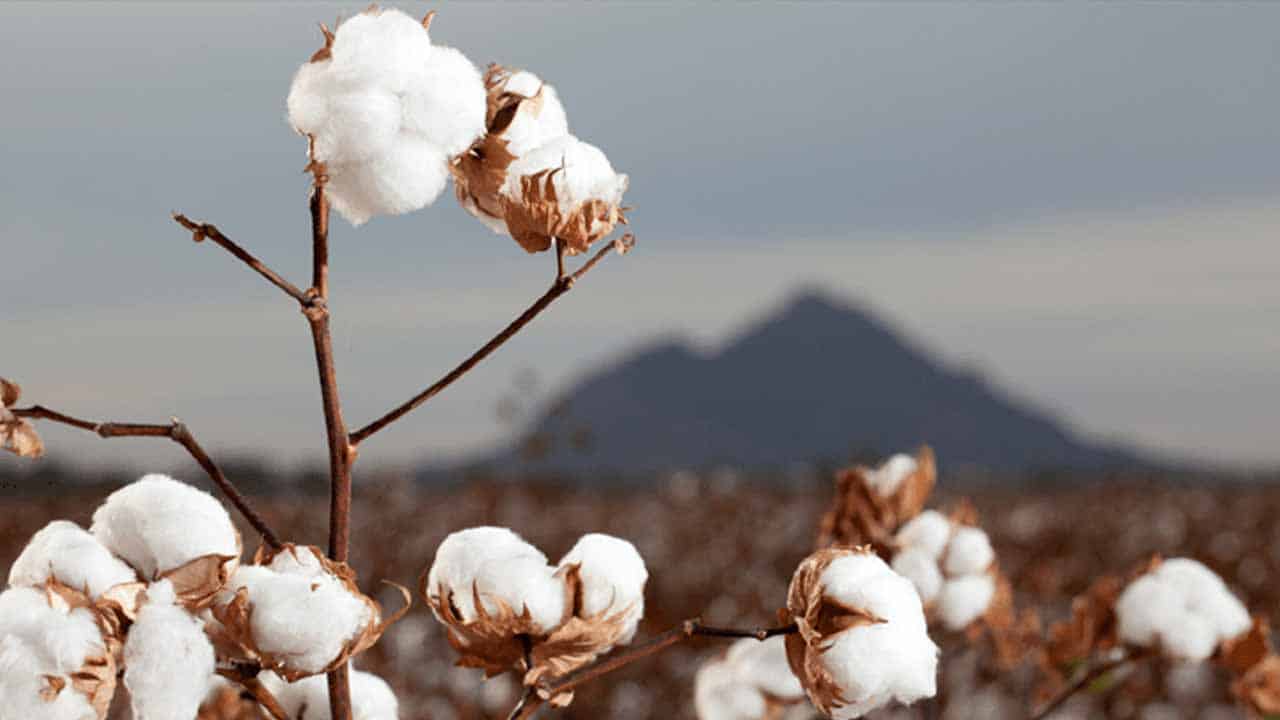Pakistan’s cotton production has significantly increased in comparison to the previous season, reaching an all-time high at the end of September. However, there are discrepancies between the crop statistics reported by Pakistan Cotton Ginners (PCGA) and those reported by the Punjab agriculture authorities.
According to PCGA data, cotton arrivals at ginning factories across the country reached 5.025 million bales by September 30, marking a remarkable 71.15 percent increase compared to the 2.936 million bales recorded for the same period the previous year. This figure even exceeded the total lint output of 5 million bales from the previous year.
Textile mills have been active buyers, purchasing 4.179 million bales, an 80.2 percent increase from the 2.319 million bales bought the previous year. Additionally, exporters have procured over 0.248 million bales, a substantial increase from just 4,900 bales in the previous year, with Fast Trade Commodities Services playing a prominent role among the exporters.
The fortnightly flow of cotton recorded at 1.091 million bales during the period of September 15-30 exceeded the 0.749 million bales recorded during the same fortnight the previous year.
Ihsanul Haq, Chairman of the Cotton Ginners Forum, attributes the higher-than-expected (cottonseed) arrivals at ginning units to growers rushing to pick cotton due to concerns about a whitefly attack. However, he notes that the quality of cotton has been affected by pest attacks and weather conditions, particularly in Punjab, where 2.069 million bales have arrived at ginning factories, marking a 34 percent increase over the same period last year.
In Sindh, lint production has reached 2.956 million bales, a substantial 113 percent increase compared to the same period last year.
Notably, there is a significant disparity in output data between the PCGA and Punjab Crop Reporting Services (CRS). Punjab CRS claims that, as of September 30, the province produced 3.366 million bales, a 64 percent increase over the 2.047 million bales produced during the same period the previous year. However, Mr. Haq raises concerns about this claim, suggesting that a difference of around 1.2 million bales between the PCGA and Punjab CRS data is unlikely.
He believes that some ginners may be involved in underreporting cotton arrivals to evade taxes. Moreover, discrepancies between the Punjab Agriculture Department’s cotton cultivation data and the Suparco report have also raised questions about accuracy and transparency in reporting.






